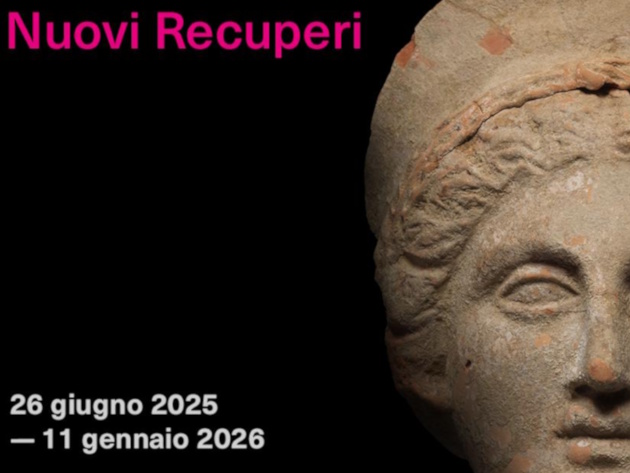
The Museo dell’Arte Salvata - Museum of Rescued Art reopens to the public after a long closure with a new exhibition that brings together over 100 archaeological finds dating from the 9th century BC to the 3rd century AD. They were stolen and then returned to Italy between 2022 and 2025 thanks to investigations conducted by the Carabinieri Command for the Protection of Cultural Heritage (TPC) with the support of the most advanced digital technologies.
The exhibition is the result of an agreement between the Carabinieri Command for the Protection of Cultural Heritage, the Department for the Promotion of Cultural Heritage and the Museo Nazionale Romano - National Roman Museum. It also involves the Department for the Protection of Cultural Heritage and the Central Institute for Restoration in an institutional network that strengthens the link between protection, study and information.
Among the most significant artefacts on display to the public are the polychrome Etruscan urns from an illegal excavation in Città della Pieve, accompanied by grave goods and a bronze statue stylistically similar to the works from the sanctuary of San Casciano dei Bagni, which was recently repatriated from Belgium. Other significant items include painted Caeretan slabs dating back to the 6th–5th century BC, Greek and Etruscan bronze weapons, Etruscan and Roman bronze and silver tableware, Magna Graecian terracotta, Etruscan jewellery, marble theatre masks, and votive bronze statuettes.
Some materials come from operations in third countries or crisis areas – such as Syria and Egypt – including faience amulets, votive figurines, seals, stone sculptures and Coptic fabrics, awaiting return. An entire section is dedicated to spontaneous returns: objects returned by citizens aware of the historical and legal value of what they possess, demonstrating a growing sensitivity towards the protection of our common heritage.
Admission to the Museum is free until 31 August. From 1 September onwards, admission will be included in the single ticket for the National Roman Museum.
Informations
 Condividi
Condividi











































